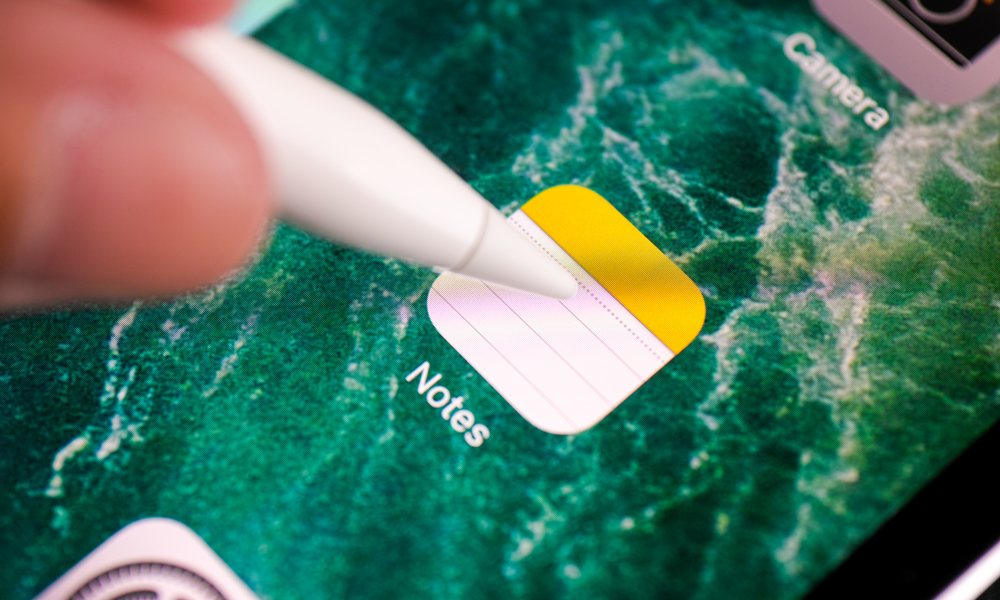Apple’s Notes App Is Extraordinarily Powerful But Most Users Don’t Realize It
 Credit: Ekaterina_Minaeva / Shutterstock
Credit: Ekaterina_Minaeva / Shutterstock
From its humble beginnings as a very basic note-taking app on the original 2007 iPhone, Apple’s Notes has grown into a powerhouse of advanced features that many users may not realize are even there. Of course, since it took about eight years for the app to even begin to realize its potential, it’s understandable how many users would have filed it away and moved on to more powerful alternatives. Since the release of iOS 9, however, there’s been a lot more hidden underneath the deceptively simple sheen of the Notes app.
Notes began its life in the skeuomorphic style that was common to almost all iPhone apps of the pre-iOS 7 era — a yellow notepad that you could type notes into. In those days, there was no rich-text support at all, and in fact users were originally stuck using the “marker felt” font, which was enough by itself to make many avoid the Notes app altogether.
Apple later added the ability to choose other fonts in iOS 4 — Helvetica and Chalkboard, with the latter being swapped out for Noteworthy in iOS 4.3 a few months later. Still, these were just overall font choices that would be used for all of your notes.
Other features were similarly limited; there were no sharing capabilities beyond pasting the contents of a note into an email, no ability to protect notes, and little to no integration with other iOS apps. Notes could be synced between devices, but this was done by creating a “Notes” folder in your email account.
When iOS 9 came along, Apple decided that it was time to give the Notes app its day, and a whole swath of significant new enhancements were introduced. First and foremost, Apple Notes became an iCloud service, allowing users to sync their notes using a system designed expressly for that purpose, rather than hacking it onto the IMAP email protocol.
This single change meant that Apple was suddenly able to support a whole range of new services without risking reliable syncing between devices. In iOS 9, Notes gained rich-text support along with the ability to insert handwritten sketches, and securely lock specific notes with a passcode, and by the time iOS 11 came along in 2017, Apple had added support for its Apple Pencil, collaboration, a whole new array of rich-text features, and even the ability to scan documents using the iPhone camera.
If you gave up on Notes back in the days when it really was too basic, or have simply never taken a closer look at what’s behind the little white-and-yellow icon on your home screen, read on to discover some of the really cool and useful things you can now do with Apple’s Notes app — it might just become the most useful app on your iPhone.
